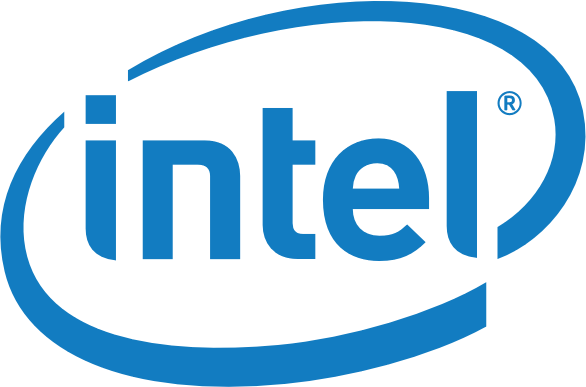Interesting article by macworld: https://www.macworld.com/article/1518344/mac-pro-apple-silicon-transition-intel-xeon-processors.html
Personally I do not see this happening. – If for no other reason, it would simply be Apple losing its face.
I think this is where the article goes off the rails.
"...
That’s plenty fast, of course, but compared to the current M1 Ultra Mac Studio, it’s not worth anywhere near the $17,000 starting price for the top-of-the-line Intel Mac Pro with a 28‑core Intel Xeon W processor. When the Mac Pro launched in 2019, its closest competitor was the 18-Core Intel Xeon W in the iMac Pro, which paled in benchmark comparisons (13,453 versus 26,604 in Geekbench multi-core tests). Granted, the Mac Pro cost about $10,000 more than the iMac Pro, but that sizable price gap only underscored how much more speed you were getting. ..."
The 'Oh, it is only $10K more' notion is a problem for the Mac Pro.
The price points on those 24 and 28 Intel W-2200 processors were whacked back in 2019. Intel's ">1TB RAM capacity" tax was a dubiously money grab back that probably drove more folks to AMD faster than it made Intel more money over the long term. Apple piling on top to slap their tax-on-tax to fill their pockets too , but also seems to have partially lead them into a long term ditch also . ( Oops the Extreme might be too expensive to sell the 2023 completitive market. )
Here is a comparison chart I used in a pervious post for W2200 , W2300 , W3400/2400 . It is all 24 cores. 28 is even more ridiculous.
W-3265M / W-3345 / W7-2495X / W7-3455
| Recommended Customer Price | $6987.00 | $2751.00 | $2189.00 - $2199.00 | $2489.00 |

If only really needed 256GB or less of RAM it really shouldn't have been $10K more. Even just taking the 'M' off the end drops the price to $3694 ( ~$3K less). The big change from 2018 ( when Apple probably conjured up the current Mac Pro prices ) and 2023 is that AMD is the dominate player in setting the price points now; not Intel.
And when drop down into the 16-18 core zone there is also a whole different level of price competition.
Apple needs to be far more concerned about putting value into the Mac Pro price points than in engaging in the notion of 'an extra $!0K sprinkled on top is worth it'. A 24-28 core equivalent Mac Pro that is inccrementally faster but $3-4K cheaper will have much higher Pref/$ . That is very much more an issue now than it was in 2018-2019.
HP z4 and cohorts in the workstation market are likely a much better threat to the Mac Pro now than they were in the 2019.
Intel isn't necessarily going to bring the biggest Pref/$ win here. Apple isn't really set up to play in the maximum core count and most expensive BTO configuration war . Intel playing that game is in denial also. ( e.g., hiding the accelerators of the 2400/3400 dies behind even more expensive markups. ) Apple has to shine a lot of light on their accelerators and not over price them.

